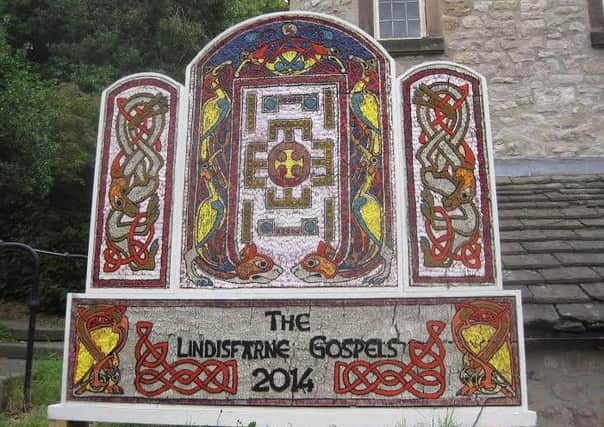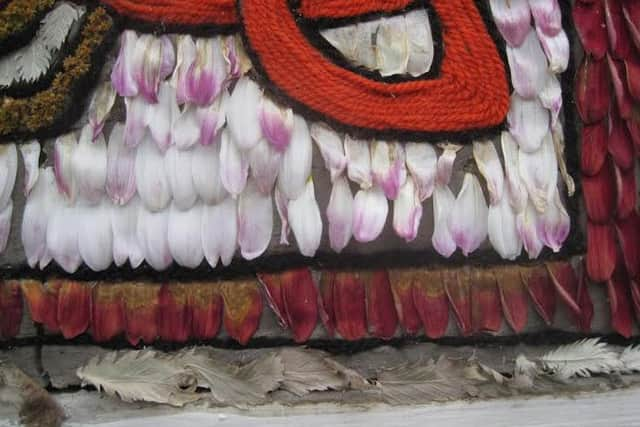COLUMN: Unique tradition is a tourist attraction


It is a time consuming skill. The first step is to collect clay, then tread it like grapes to soften it and remove lumps and stones etc. The clay is then pressed into wooden frames that have been pre-soaked in water to help maintain the clay’s dampness.
Salt is also mixed in with the clay to slow the drying process. The outline of the desired picture is then marked out on the wet clay. There are various methods used for this, including wool, peppercorns, berries, or pricking dots in the clay.
Advertisement
Hide AdAdvertisement
Hide AdThe leaves and such are then pressed into the clay’s surface to build up the image. Moss gives a good green, bark a good brown, and flower petals give an array of colours. Other things like eggshells, and even pasta are also sometimes used in ingenious ways.


These bright, tapestry-like works of art are then used to decorate wells, springs, or even taps.
The custom could possibly have begun as a thanksgiving gesture to pagan gods and goddesses, for the lifegiving waters, or maybe as an offering to the same for favours, blessing or protection.
Though having ancient roots, the custom is thought to have become more popular in the village of Tissington in the fourteenth century, when those escaping the Black Death thought the water in the village had protected them from infection. Another theory for this revival is that the wells there kept going in a drought, when other places were stricken dry.
Advertisement
Hide AdMany villages now have the ever increasing celebration of well dressing, including Bakewell, Stoney Middleton, Youlgrave, Ashford in the Water, Monyash, Hope and Eyam.
These beautiful and often intricate, artistic creations are briefly lived before the flowers fade and the clay dries and cracks, but their transient nature makes them all the more special.